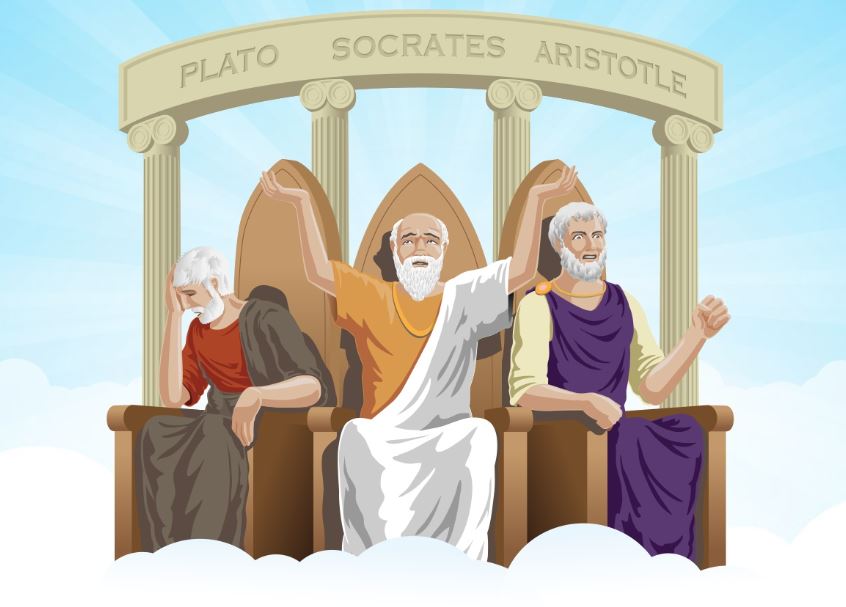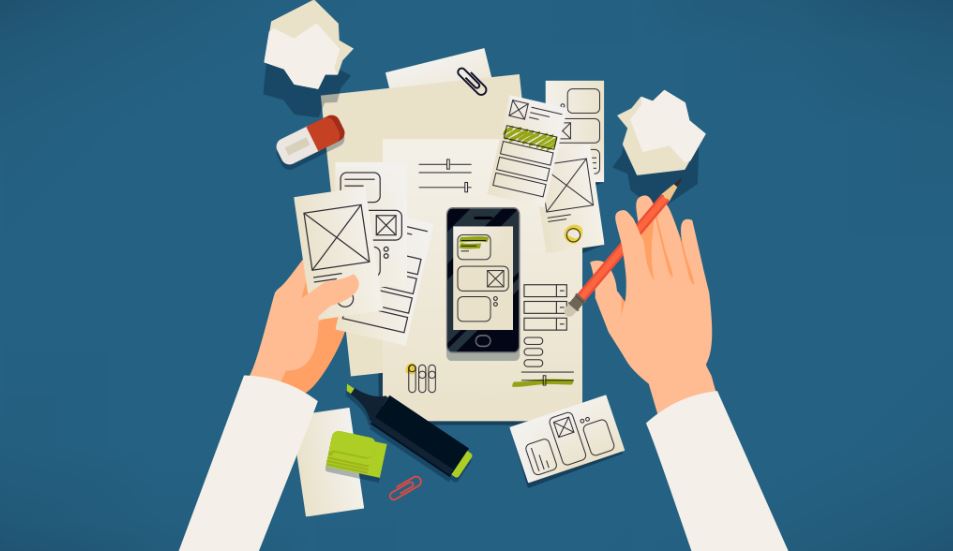Recognize 5 Thinking Traps

To be successful, and truly happy, you must not fall into the thinking trap. As long as you are reasonable and prudent, you will be protected. There is a fundamental rule to remember when trying to regulate our happiness or well-being: “Our thoughts or how we think affects our emotions, behavior, and physiology.” Our thinking habits guide the way we interpret current situations. If we have highly rigid thinking patterns that I will talk about in this article, our effectiveness in daily life may decrease, and we may misinterpret the situations that happen to us because we see problems not as they are but from the framework of our thinking habits.

Research on the Thinking Trap

University of Pennsylvania Dr. Karen Reivich calls these overly rigid thinking patterns thinking traps. There are two basic studies on which these traps are based.
Explanatory Style

The descriptive style is how you explain the reasons for the good and bad things that happen to you, and it is automatic. Theory focuses on how some of us have overly rigid ways of explaining our successes and failures.
Logic Errors and Cognitive Distortions

Many of us can make mistakes in logic, especially if we are a bit exhausted. Logic errors and cognitive distortions are harmful and false beliefs we hold.
ABC Model

Albert Ellis defines the ABC model, one of the cognitive therapy models, as follows: What determines what we feel and what we do is not the triggering event but our thoughts. “A” stands for motivators, what happened to you, triggers. Our “B” beliefs mean what we tell ourselves about that triggering event and situation. And the “C” stands for results, feelings, and reactions. It’s what we tell ourselves, our thoughts, and our beliefs about that situation that affect how we feel, what we do, and even our physiology. Our thoughts direct how we think, that is, our emotions. Emotions also affect our behavior and physiology.

Thinking traps can make it much more difficult for us to see our current situation correctly; as a result, they can weaken our mental health and problem-solving skills and negatively affect our relationships.
Let’s give an example. Imagine having a conflict with your manager. And let’s think about what you can say to yourself at that moment, “What if I get fired, I’m screwed; it’s always my fault, it’s always his fault, anyway, it always happens to me….” These thoughts will affect your emotions, behavior, body, and feelings. Your body will have a fight-flight response depending on how you interpret the situation. It will be difficult to think logically because the fear mechanism is activated instead of the rational thinking part of the brain. The more we recognize these thinking traps and know which ones we have, the better our chances of controlling them.
Common Thinking Traps
Mind Reading Thinking Trap

They think that you know what the other person is thinking. At the same time, the opposite is assuming that the other person knows what you are thinking. This trap blocks communication and leads to alienation. No questions are asked because the person believes that he knows what is going on and what he is thinking. It leads to misunderstandings and miscommunication.
“I” Thinking Trap

The person believes that the primary source of all problems is himself. There is a feeling of “it’s all my fault” and a firm belief that it hurts others. It creates guilt, loneliness, and sadness.
The “They” Thinking Trap

The person believes that “others” are the primary source of all problems. There is a feeling of “it’s all their fault” and a strong belief that others are self-harming. Anger creates loneliness.
Disaster Scriptwriting Thinking Trap

When the person encounters negative situations, he creates the worst possible and illogical scenarios. The problem seems much bigger than it is. Because the threat is too significant, the coping power is fragile, and the person cannot take action. It causes anxiety, stress, difficulty focusing, difficulty seeing what is in front of your eyes, headache, and nausea.
Despair Thinking Trap

The person believes that a negative situation will affect his whole life and that he cannot do anything about this situation. Because this trap creates hopelessness, the person cannot find the motivation or energy to change something.
We can’t always control what happens to us. But we can have more control over our interpretations and thoughts about what happens to us. Recognizing the thought traps we have is like removing old, corrupting frames to see reality as it is. Now, you can gain a little more awareness through the following questions and see under what conditions and what thinking traps you are caught in.
When your child’s teacher wants to see you
When your friend says you’re offended by something you said
When you fight with someone close
When you receive negative feedback at work
